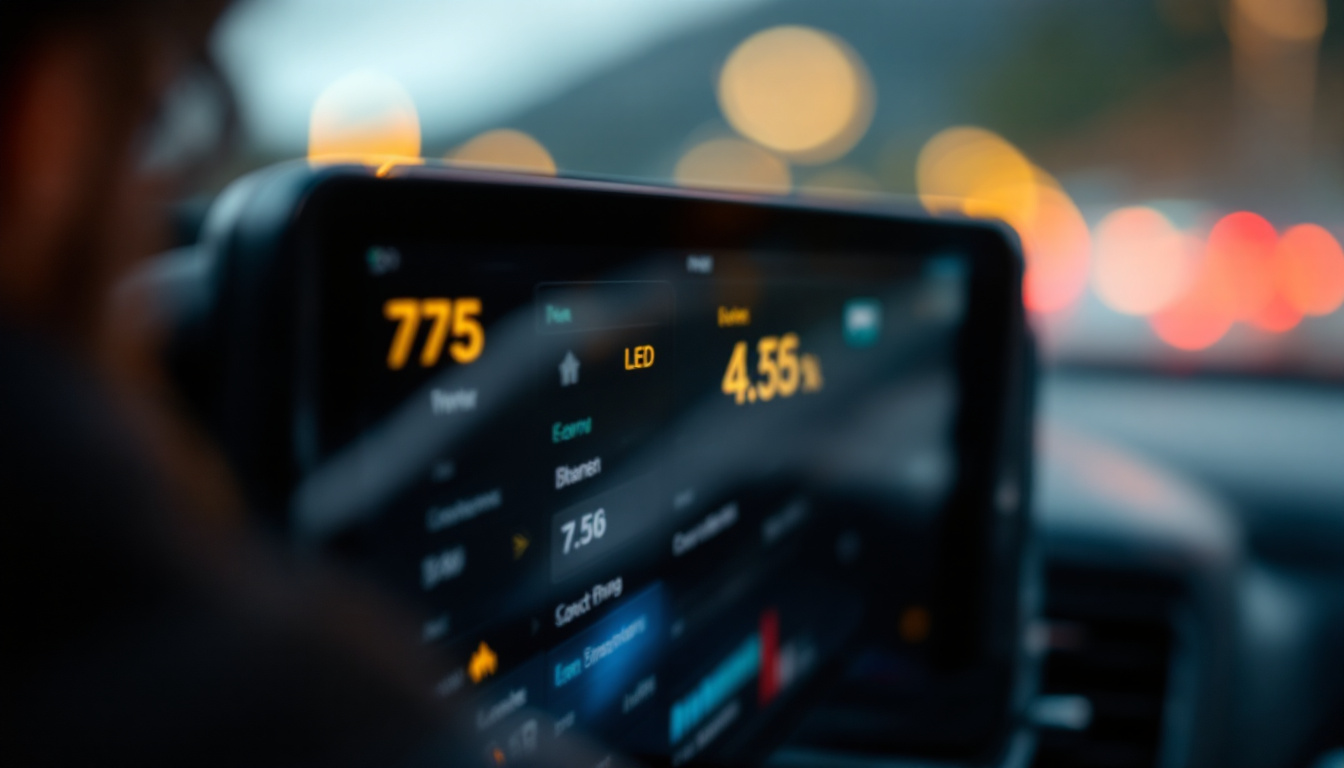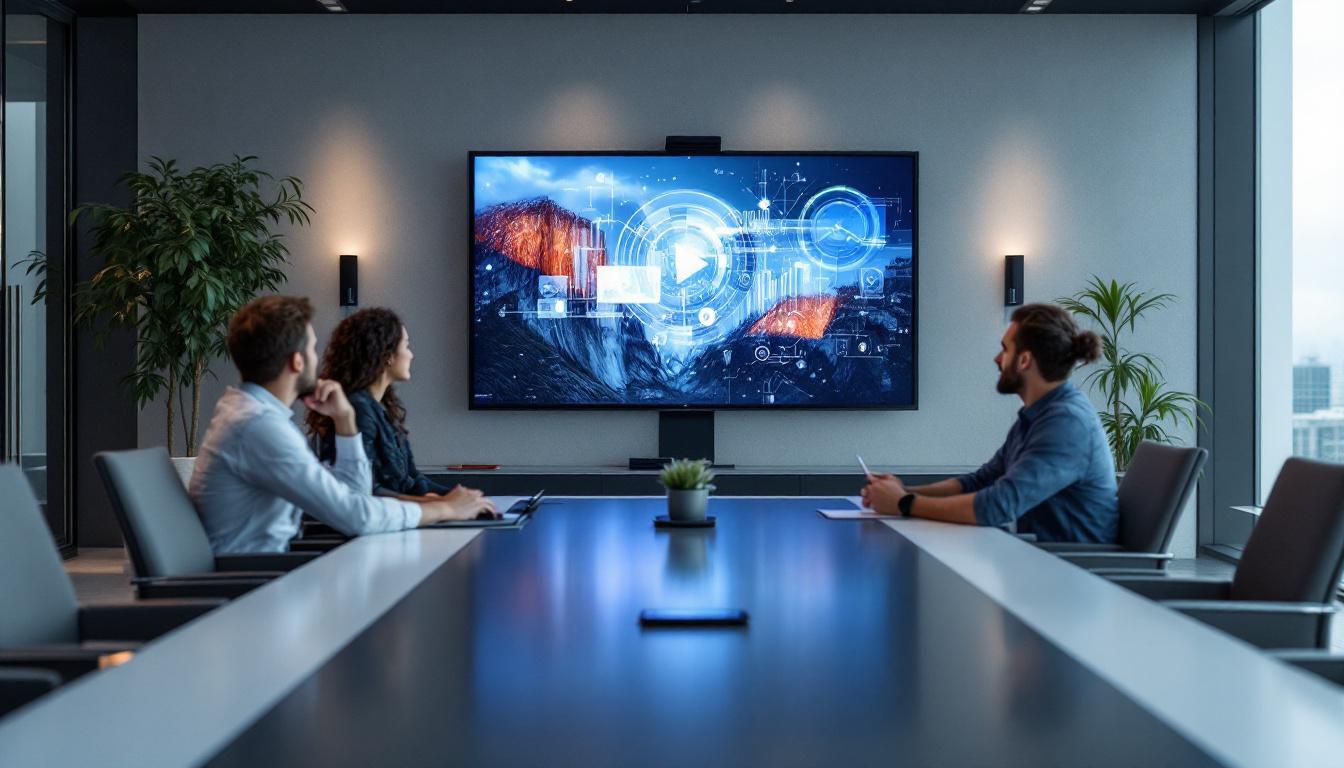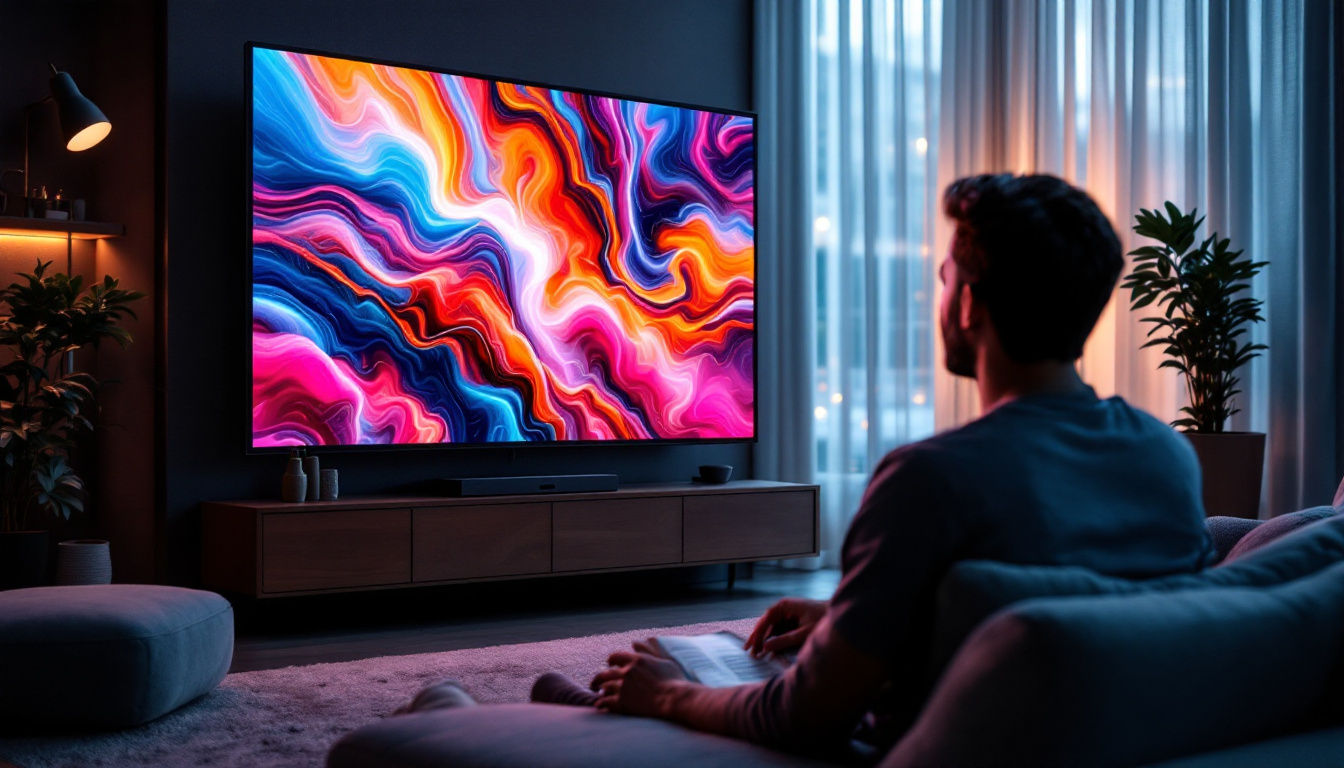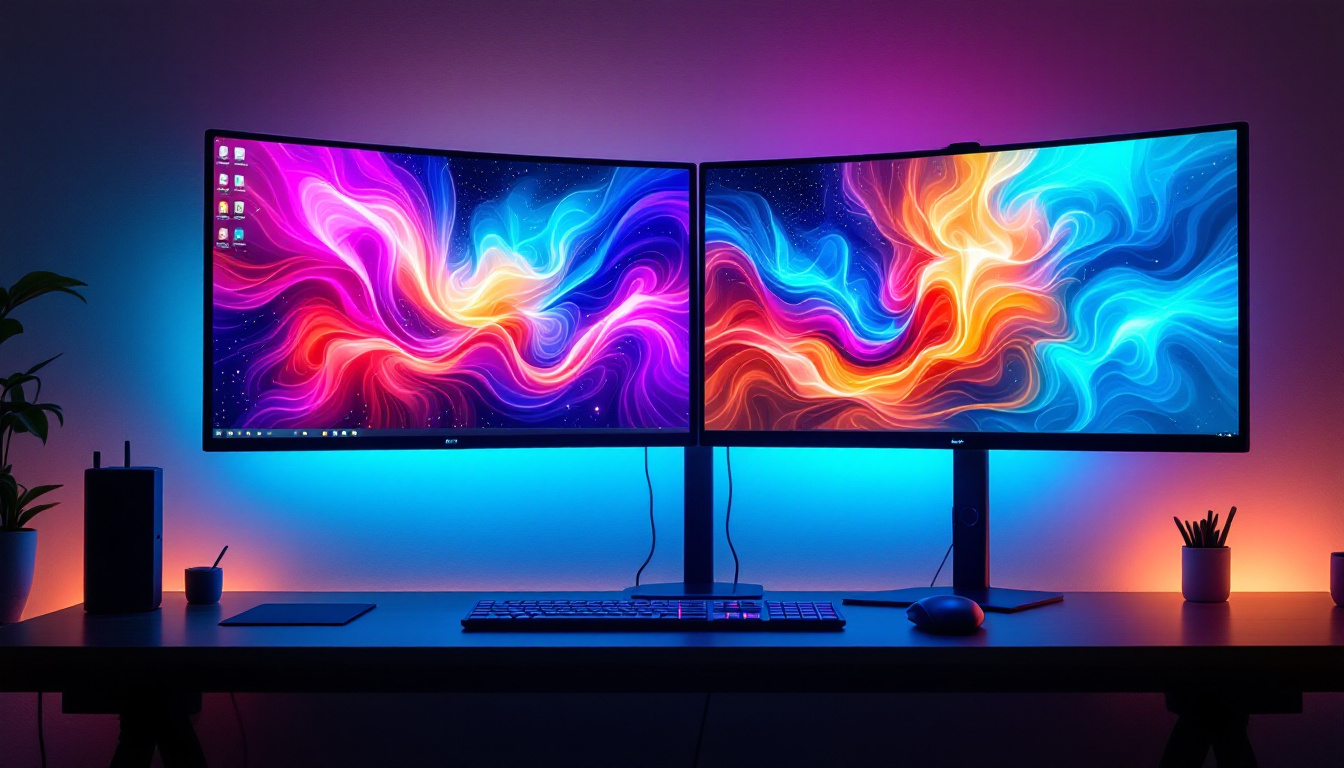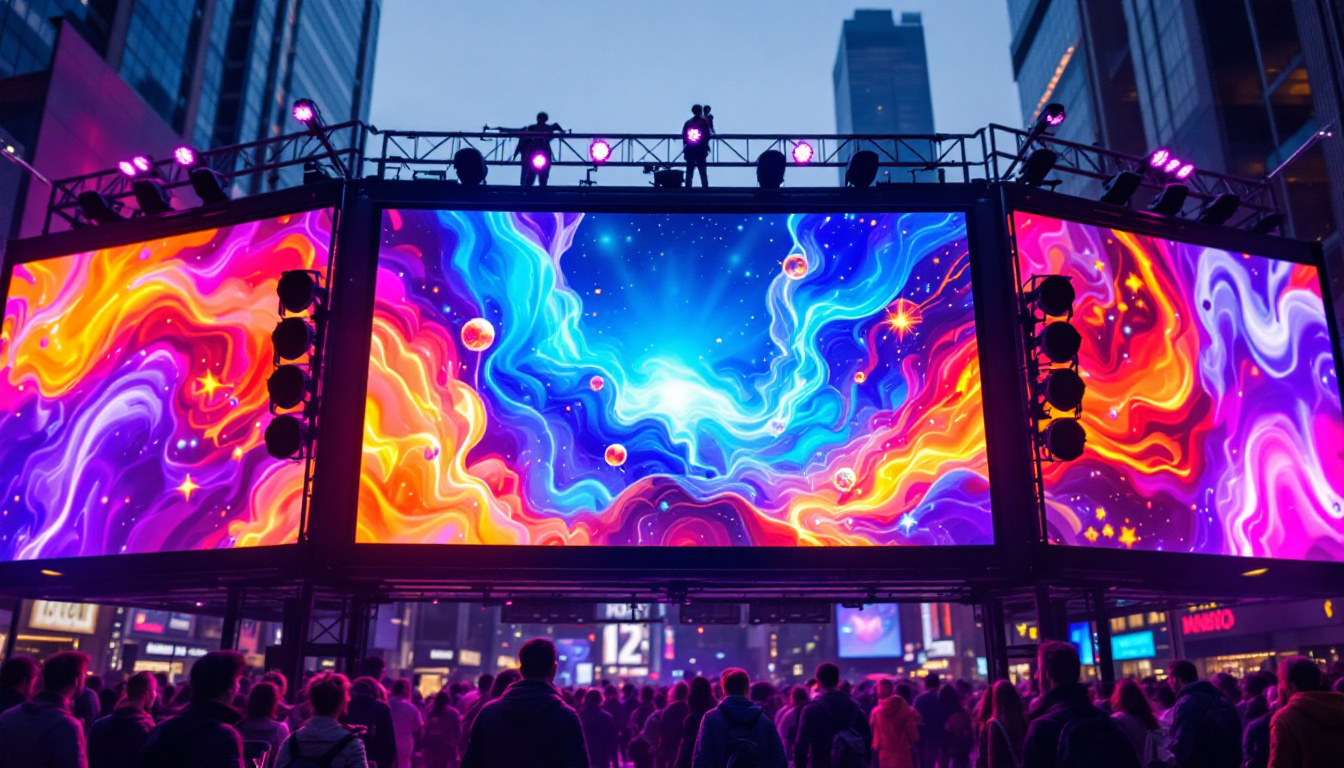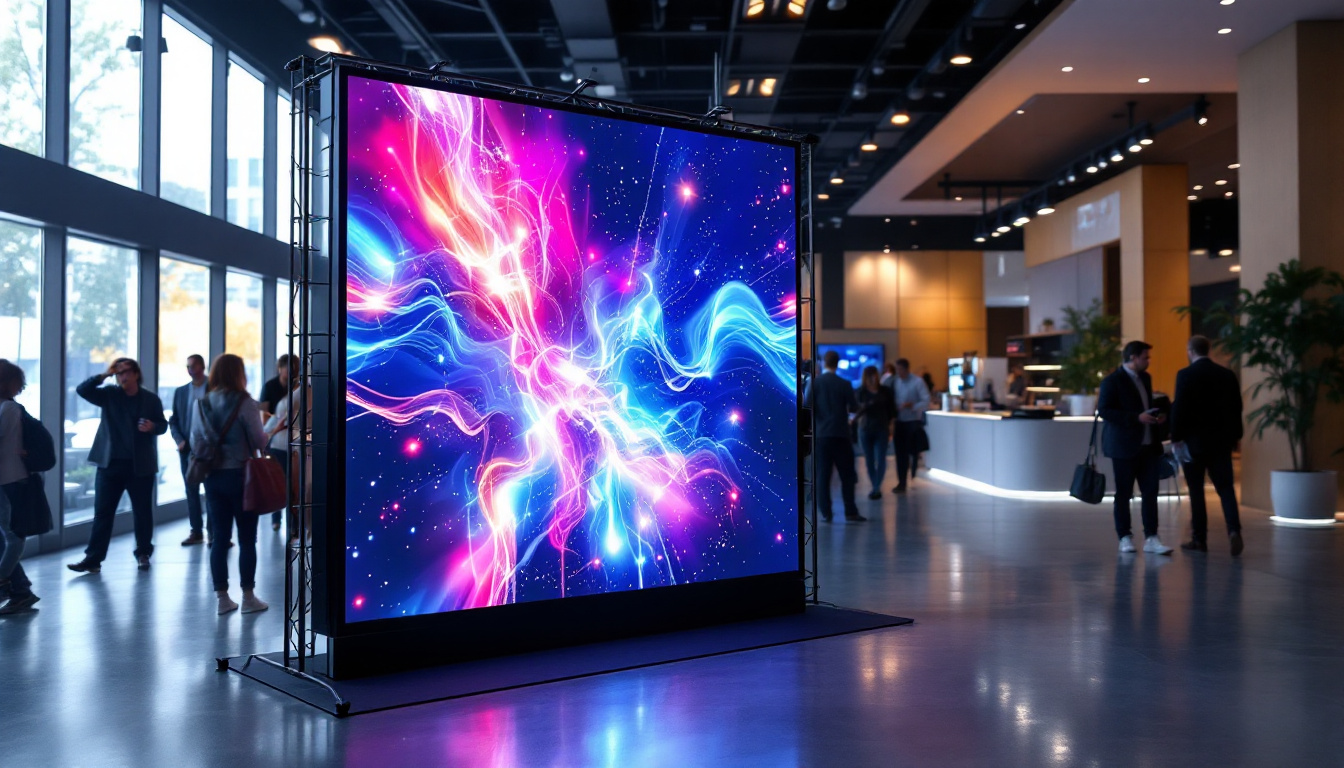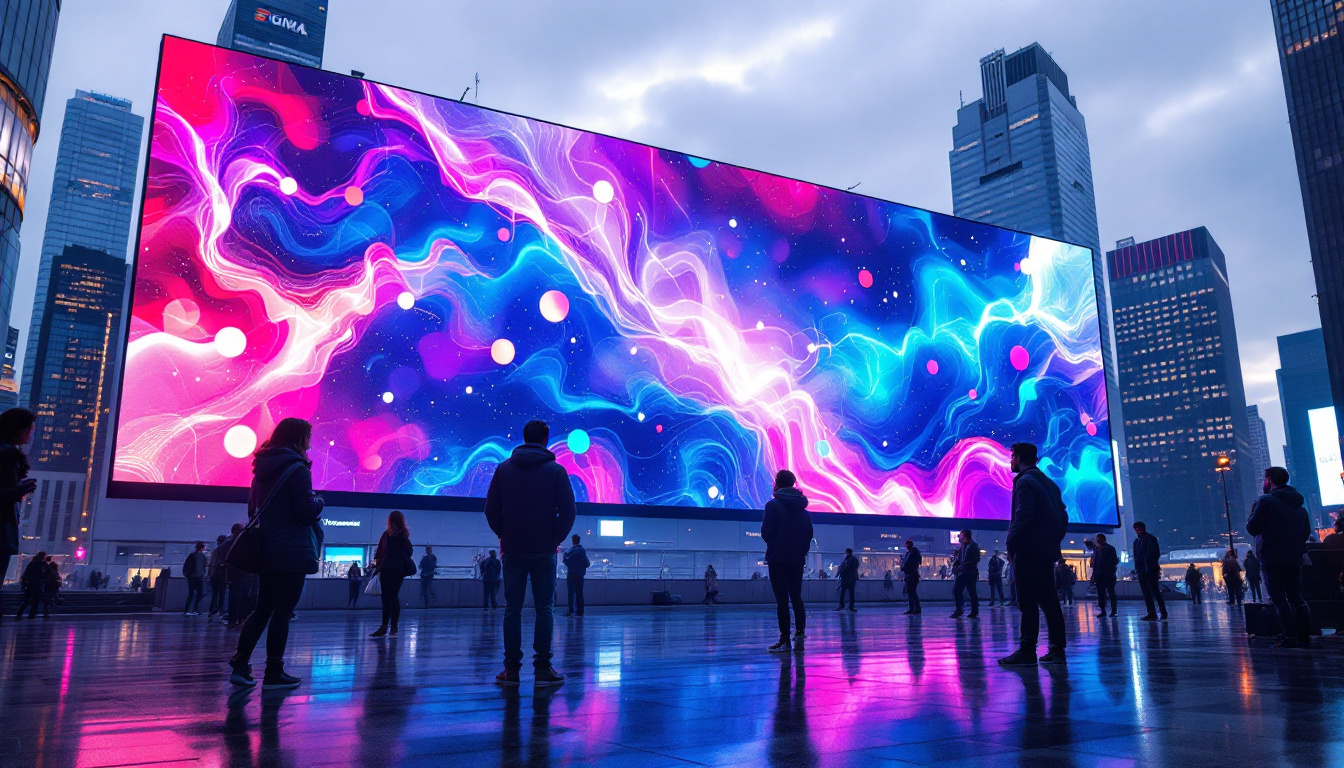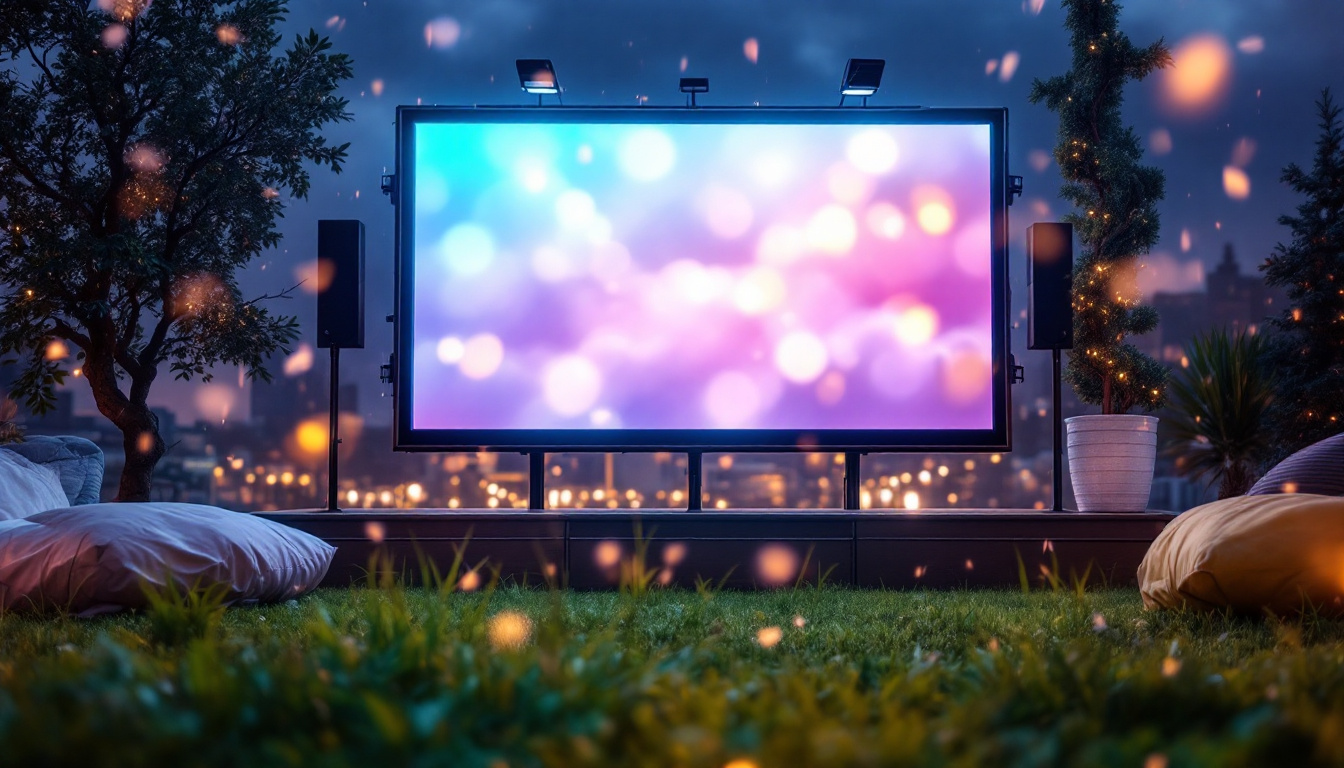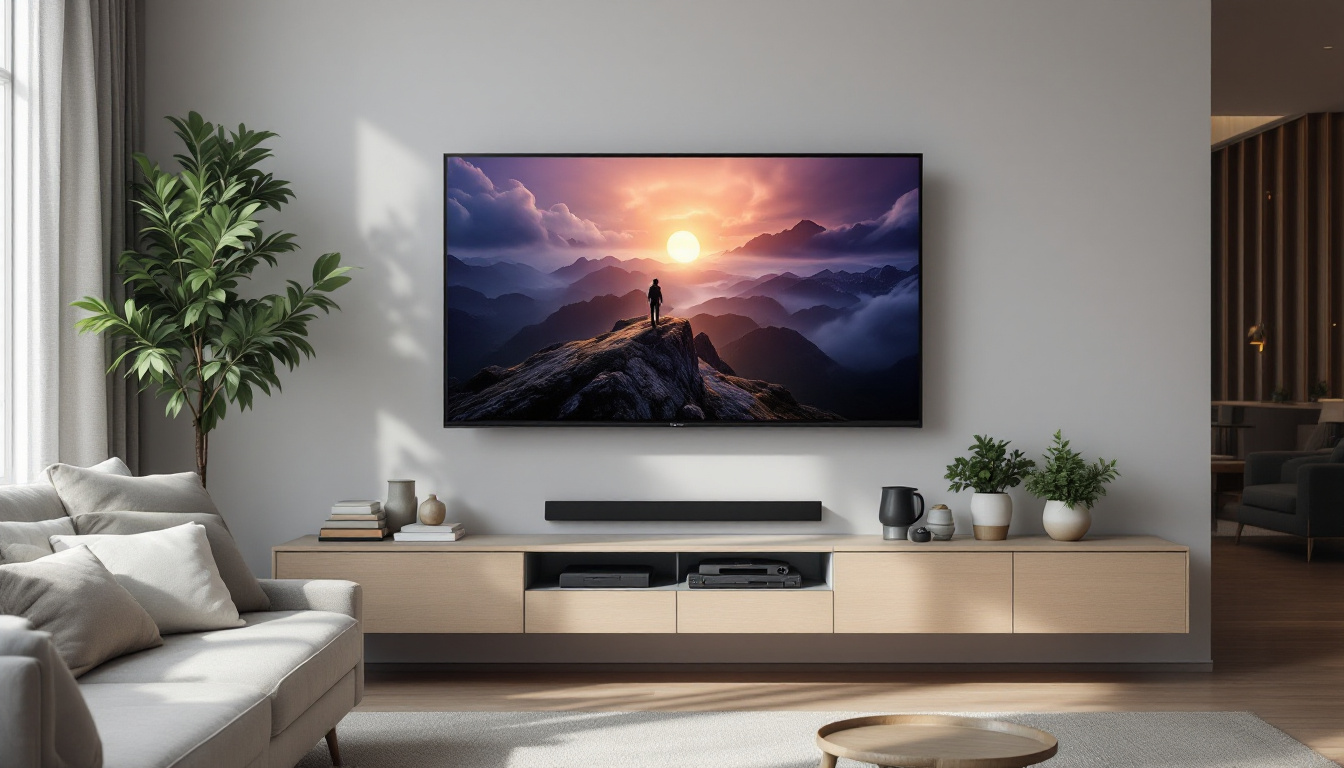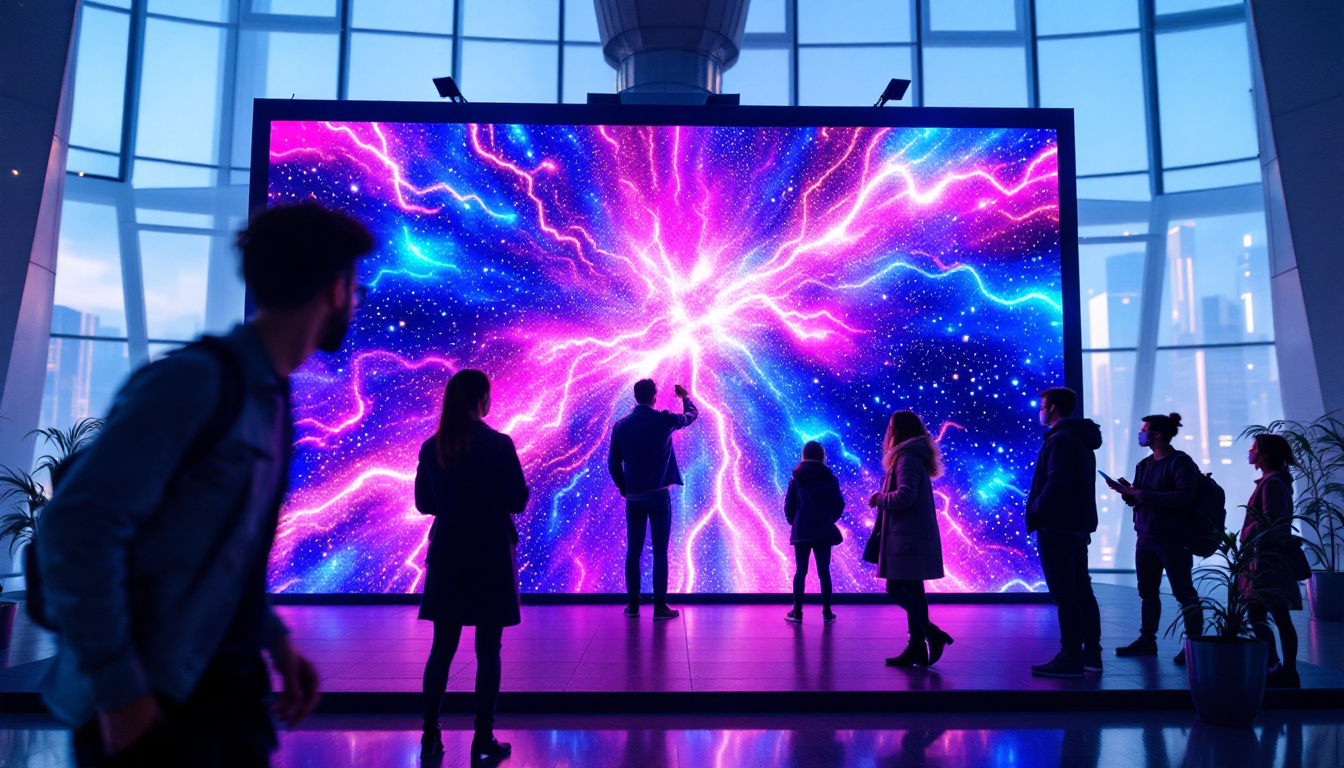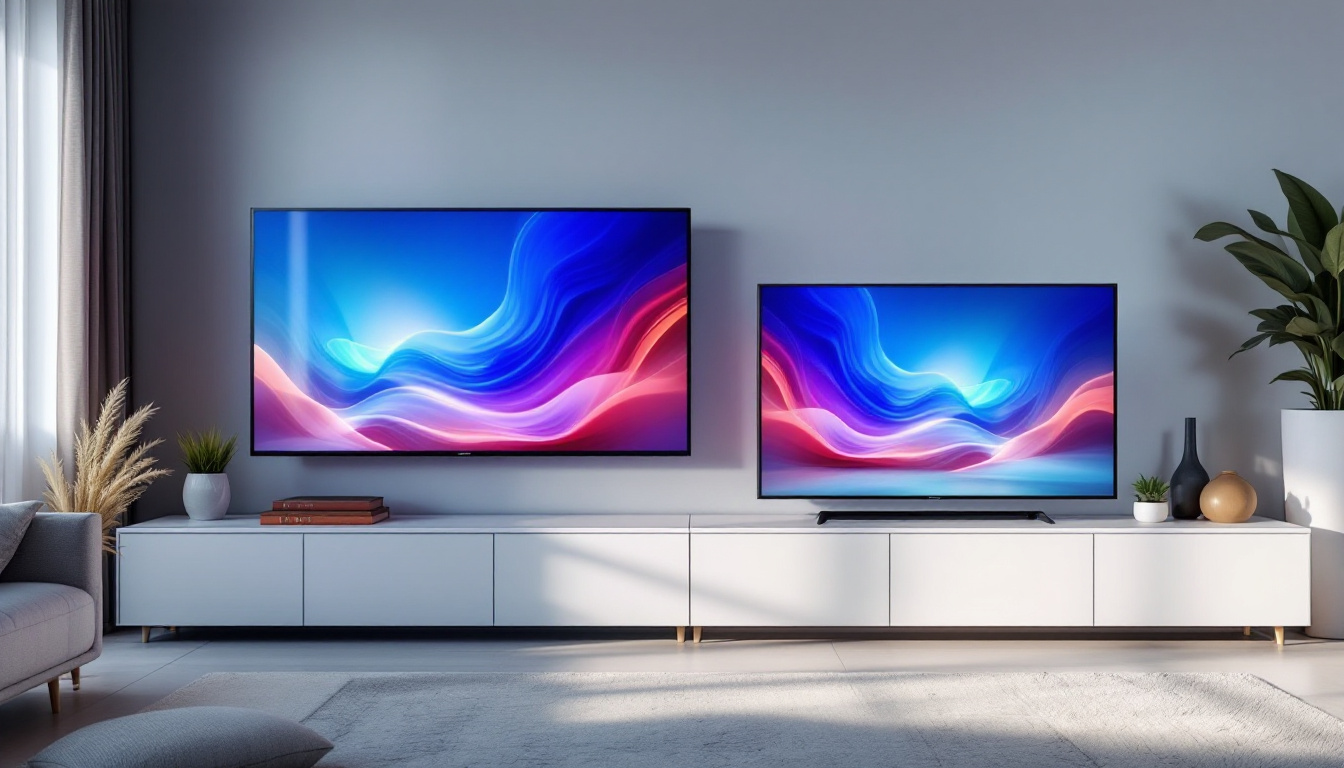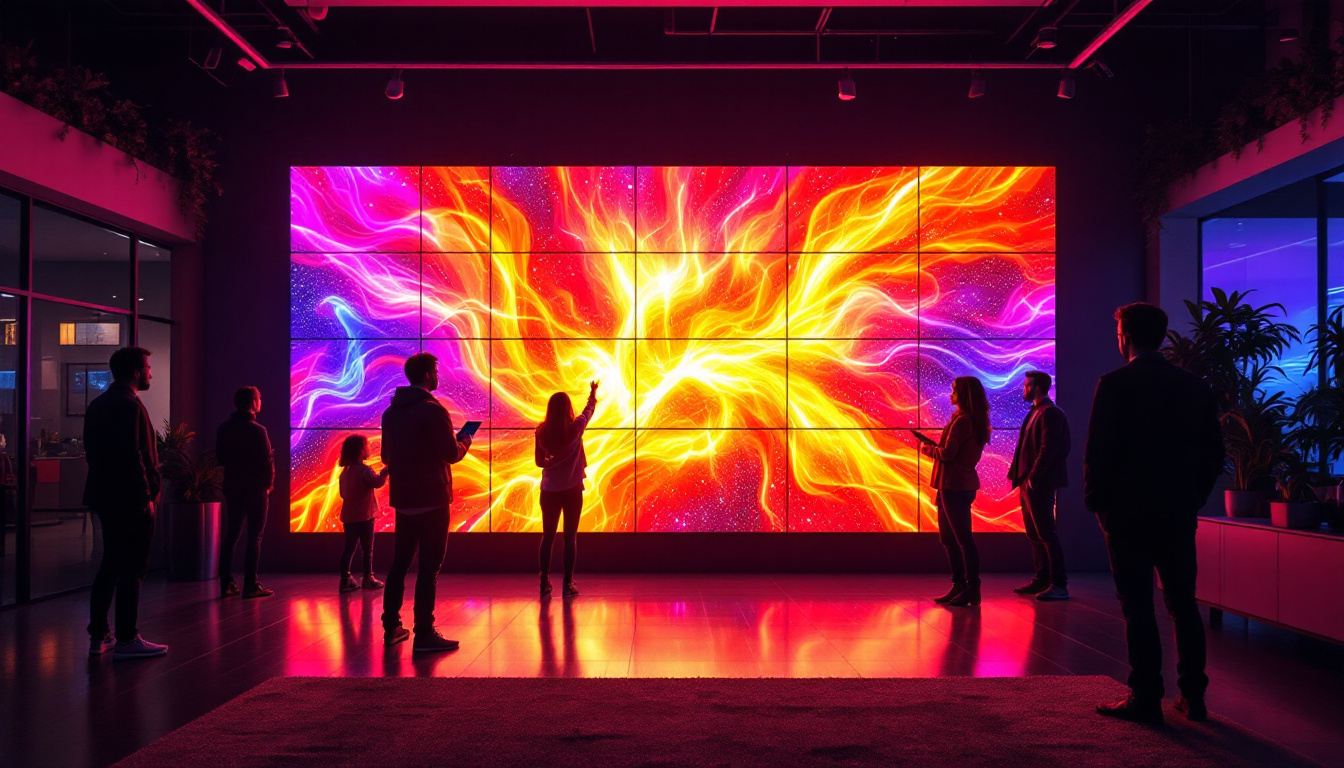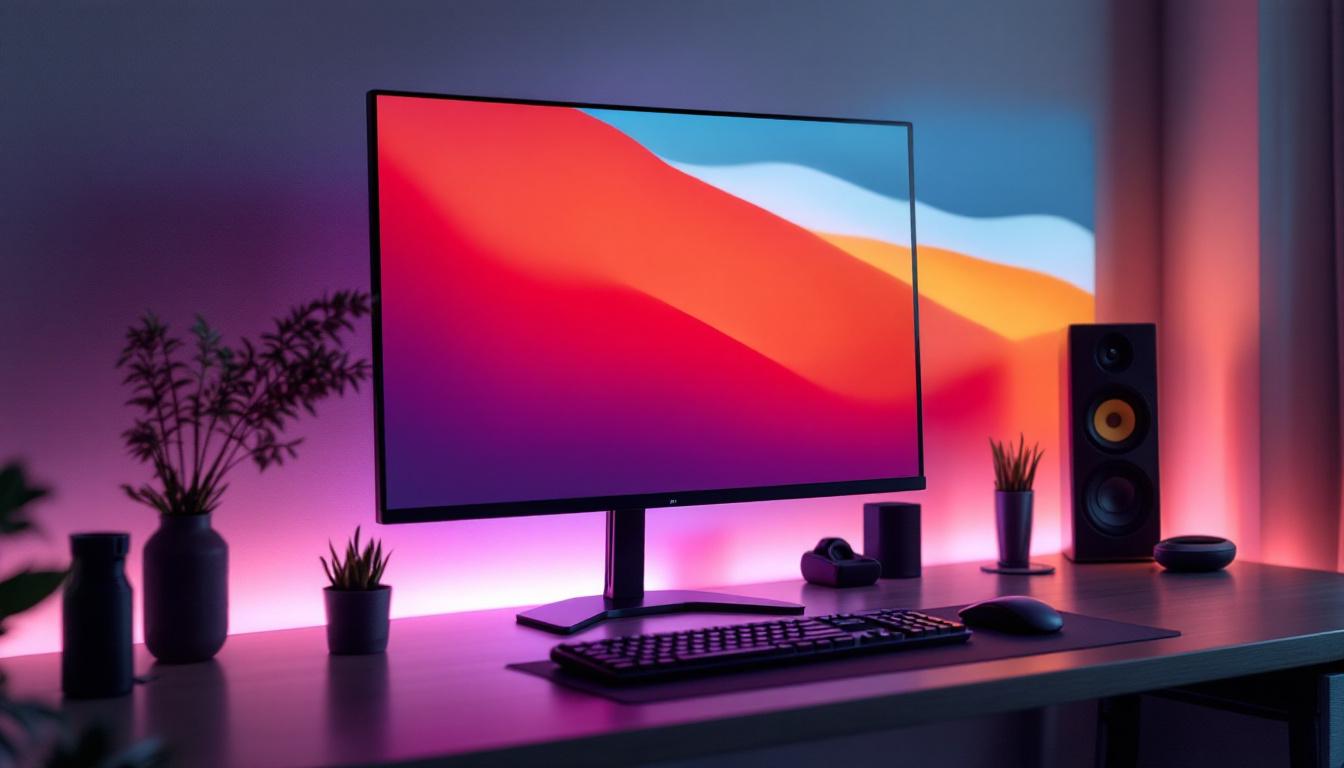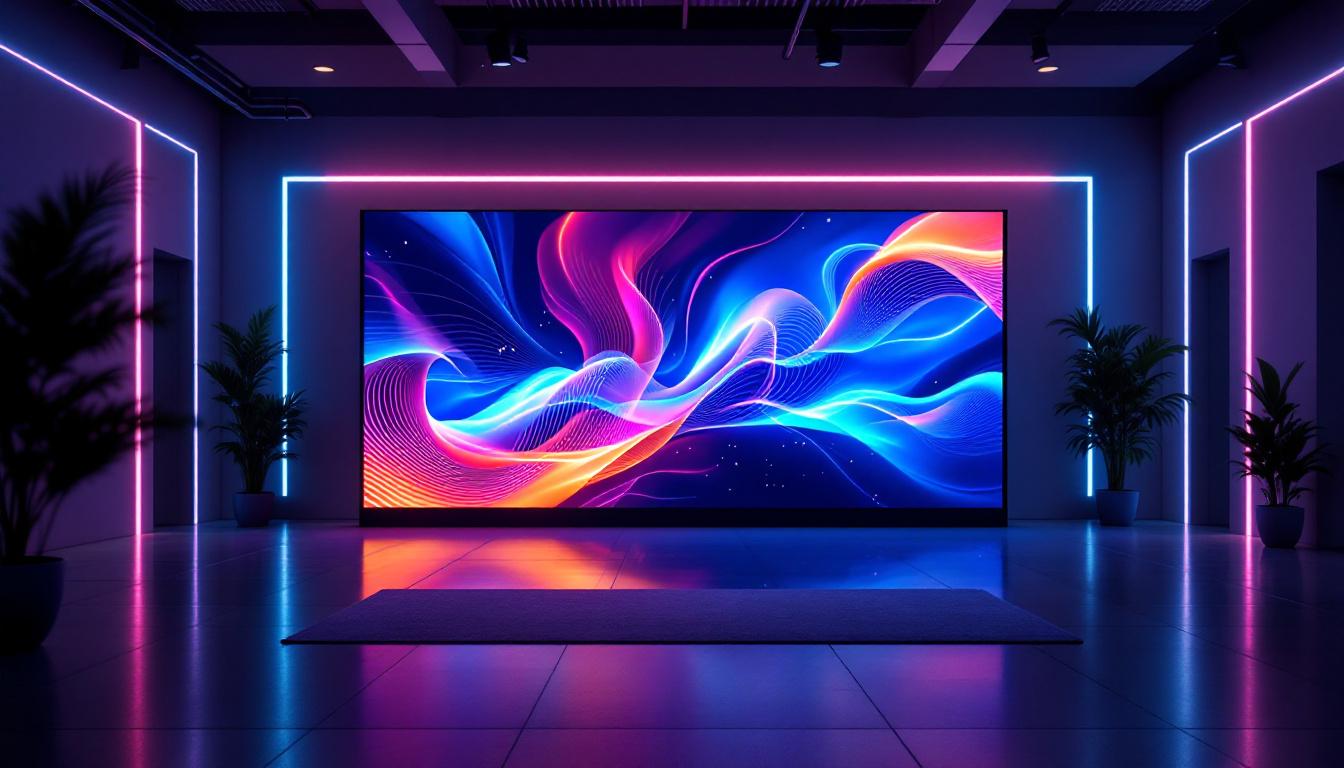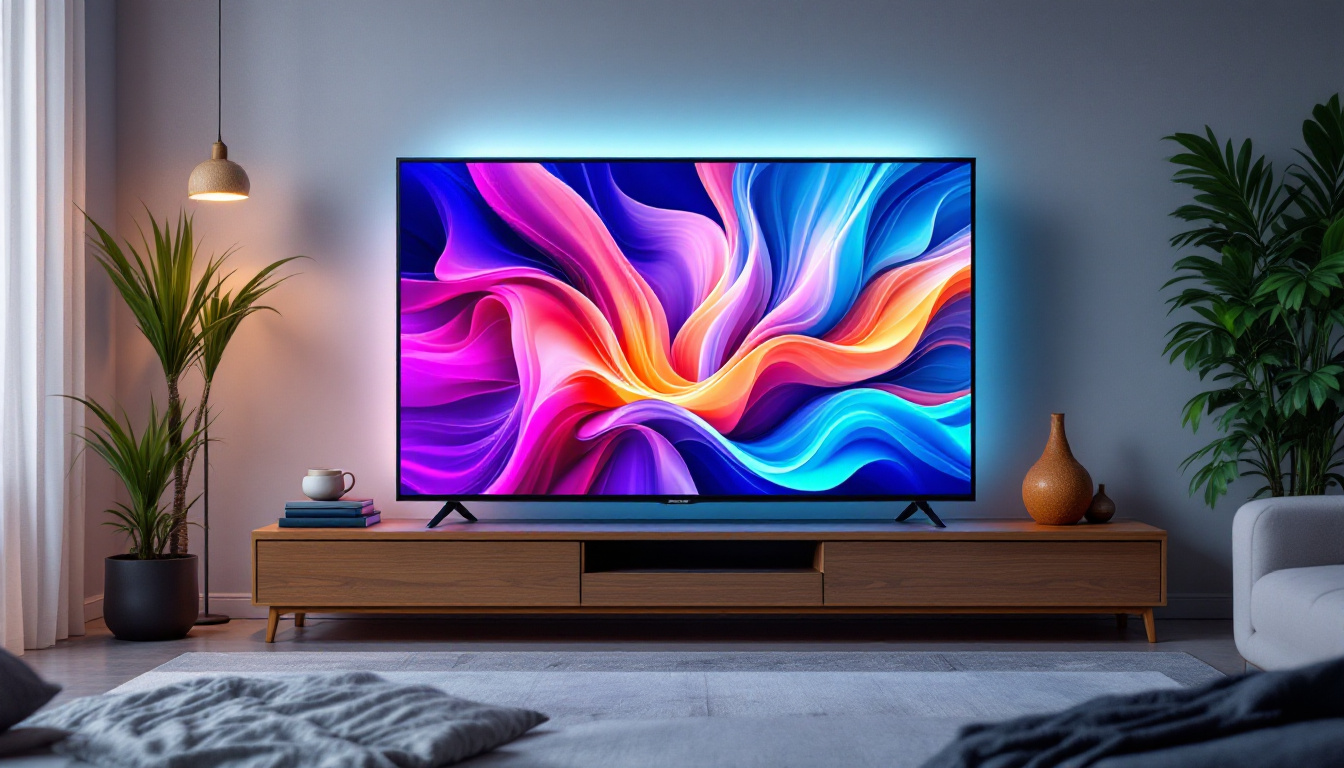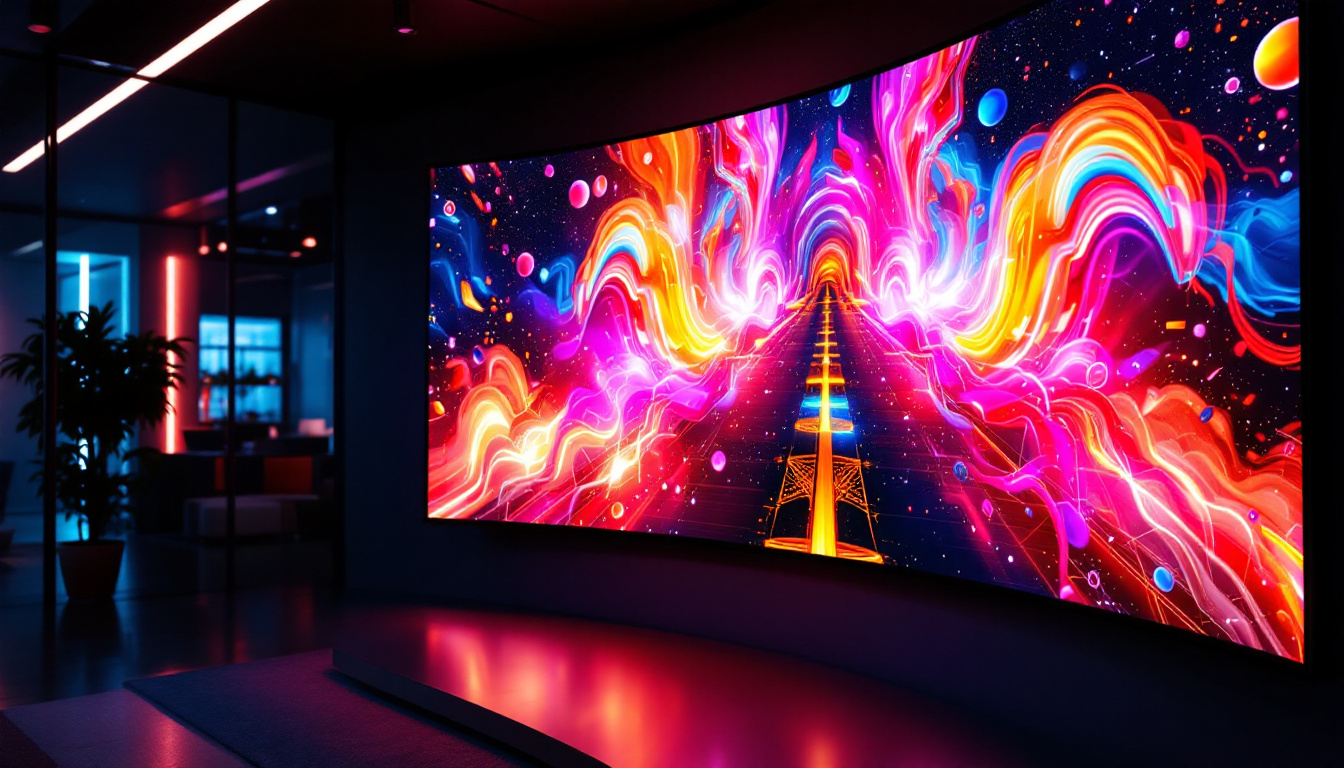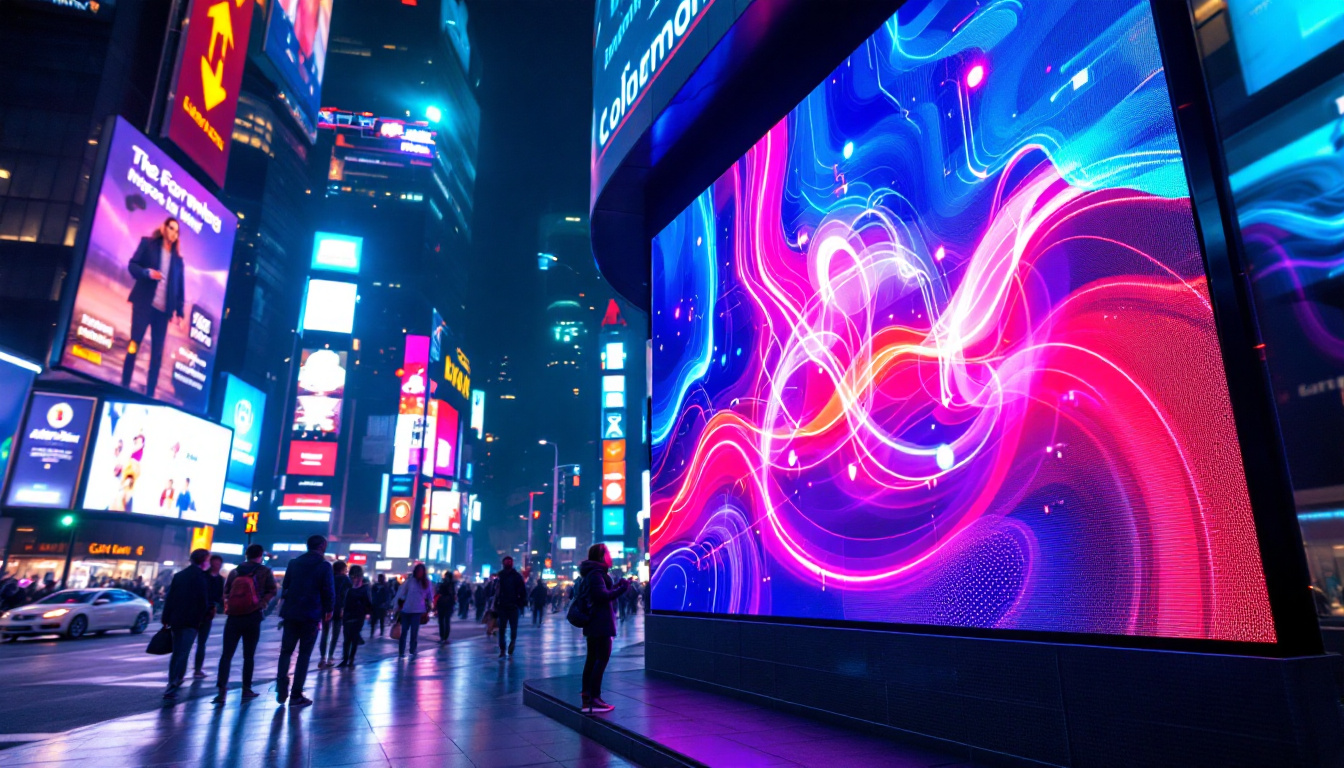The world of automotive technology has evolved significantly over the years, and one of the most notable advancements is the integration of audio systems that feature LED displays. In Oregon, understanding how to navigate these systems is essential for drivers who want to maximize their driving experience. This article delves into the specifics of the LED display in Oregon Audio systems, exploring its features, functionalities, and how it enhances the overall driving experience.
Understanding LED Displays in Oregon Audio Systems
LED displays have become a standard feature in modern audio systems, providing drivers with a clear and intuitive interface. These displays serve multiple purposes, from showing track information to providing visual feedback on system functions. The clarity and brightness of LED displays make them particularly useful in various lighting conditions, ensuring that drivers can easily read the information presented.
Key Features of LED Displays
One of the primary advantages of LED displays is their ability to convey information quickly and effectively. Key features include:
- High Visibility: LED displays are designed to be bright and clear, making them easy to read even in direct sunlight.
- Dynamic Information: These displays can show a variety of information, including song titles, artist names, and even navigation prompts.
- Customization: Many systems allow users to customize the display settings, such as brightness and color schemes, to suit personal preferences.
These features contribute to a more user-friendly experience, allowing drivers to focus on the road while still accessing important information about their audio system. Additionally, the compact design of LED displays means they can be seamlessly integrated into the dashboard, enhancing the overall aesthetic of the vehicle’s interior.
Furthermore, the durability of LED technology ensures that these displays can withstand the rigors of daily use. Unlike traditional LCD screens, which can suffer from issues like screen burn-in or fading over time, LED displays maintain their vibrancy and functionality, making them a reliable choice for audio systems in Oregon’s diverse driving conditions, from sunny days to rainy nights.
The Role of LED Displays in Enhancing Safety
Safety is a top priority for any driver, and LED displays play a crucial role in maintaining focus on the road. By providing essential audio information at a glance, these displays minimize distractions. For instance, instead of fumbling with controls or looking down at a phone, drivers can quickly glance at the LED display to see what song is playing or to receive navigation instructions.
Moreover, many Oregon Audio systems integrate features that can alert drivers to incoming calls or messages through visual notifications on the LED display. This ensures that drivers remain informed without compromising their attention on driving. The integration of voice command features further enhances safety, allowing drivers to control their audio systems hands-free, thereby reducing the need for physical interaction with the controls.
In addition to these functionalities, some advanced LED displays are equipped with smart technology that can adapt to driving conditions. For example, during nighttime driving, the display may automatically dim to reduce glare, while during the day, it can brighten to ensure visibility. This adaptability not only enhances the user experience but also contributes to safer driving by minimizing distractions and maintaining optimal visibility at all times.
Interactivity and User Experience
Modern LED displays are not just passive screens; they are interactive interfaces that enhance the overall user experience. By allowing drivers to engage with their audio systems through touch or voice commands, these displays make it easier to control music, adjust settings, and access navigation features. This level of interactivity transforms the driving experience, making it more enjoyable and personalized, as users can tailor their audio environment to suit their preferences seamlessly.
Touchscreen Functionality
Many Oregon Audio systems come equipped with touchscreen LED displays that allow for intuitive navigation through menus and settings. This functionality enables drivers to:
- Swipe and Tap: Users can easily swipe through playlists or tap to select specific tracks without needing to navigate complex button layouts.
- Access Settings: Adjusting audio settings, such as bass and treble levels, can be done quickly through the touchscreen interface.
- Seamless Integration: Touchscreen displays often integrate with smartphones, allowing users to access apps and features directly from the audio system.
Such interactivity not only enhances the driving experience but also encourages safer driving practices by reducing the need for manual adjustments while on the road. Furthermore, the visual feedback provided by the touchscreen helps users to quickly understand their options, making it less likely for them to become frustrated or distracted while trying to find their desired settings. The vibrant colors and responsive nature of these displays also contribute to a more engaging atmosphere within the vehicle, turning mundane drives into enjoyable journeys.
Voice Control Features
In addition to touchscreen functionality, many Oregon Audio systems offer voice control capabilities. This feature allows drivers to operate their audio systems hands-free, significantly reducing distractions. Voice commands can be used to:
- Play Music: Simply saying the name of a song or artist can initiate playback without needing to touch the display.
- Change Settings: Drivers can adjust volume levels or switch between audio sources using voice commands.
- Access Navigation: Voice control can also be used to set navigation routes, making it easier to reach destinations without taking eyes off the road.
This hands-free operation is particularly beneficial in maintaining focus, as it allows drivers to keep their hands on the wheel and eyes on the road while still enjoying their audio experience. Moreover, advancements in voice recognition technology mean that these systems are becoming increasingly accurate, able to understand commands even in noisy environments. This capability not only enhances convenience but also fosters a sense of connection between the driver and the vehicle, as it responds intuitively to spoken requests. As voice control continues to evolve, we can expect even more sophisticated features, such as personalized playlists based on vocal cues or the ability to learn user preferences over time, further enriching the driving experience.
Connecting Devices to Oregon Audio Systems
Another significant aspect of LED displays in Oregon Audio systems is their ability to connect with various devices. This connectivity enhances the versatility of the audio system, allowing users to enjoy their favorite media from multiple sources.
Bluetooth Connectivity
Bluetooth technology has revolutionized how drivers connect their devices to audio systems. Oregon Audio systems typically feature Bluetooth connectivity, enabling users to:
- Stream Music: Users can stream music directly from their smartphones or tablets, accessing their entire music library without the need for physical connections.
- Make Calls: Bluetooth allows for hands-free calling, with caller information displayed on the LED screen for easy access.
- Sync Contacts: Many systems can sync contacts, making it easier to manage calls directly through the audio system.
This level of connectivity not only enhances convenience but also ensures that drivers can enjoy a seamless audio experience while on the go.
USB and Auxiliary Inputs
In addition to Bluetooth, Oregon Audio systems often come equipped with USB and auxiliary inputs. These options provide additional ways to connect devices, catering to users who may prefer wired connections. Key benefits include:
- Direct Playback: Connecting a USB drive allows users to play music files directly from the drive, often with better sound quality than streaming.
- Wired Connections: Auxiliary inputs enable users to connect non-Bluetooth devices, ensuring compatibility with a wide range of audio sources.
- Charging Capabilities: USB ports often provide charging capabilities for smartphones, ensuring that devices remain powered during long drives.
These connection options enhance the versatility of Oregon Audio systems, allowing drivers to choose the method that best suits their needs.
Maintenance and Troubleshooting of LED Displays
While LED displays in Oregon Audio systems are designed to be durable and reliable, occasional issues may arise. Understanding how to maintain and troubleshoot these displays can ensure a long-lasting and enjoyable audio experience.
Regular Maintenance Tips
To keep LED displays functioning optimally, regular maintenance is essential. Consider the following tips:
- Cleaning: Regularly clean the display with a soft, lint-free cloth to remove dust and fingerprints that can obscure visibility.
- Software Updates: Check for software updates regularly, as manufacturers often release updates that can improve performance and fix bugs.
- Inspect Connections: Periodically inspect all connections and cables for wear or damage, ensuring that everything is securely connected.
By following these maintenance tips, drivers can help prolong the life of their audio systems and maintain the quality of the LED display.
Troubleshooting Common Issues
In the event of issues with the LED display, knowing how to troubleshoot can save time and frustration. Common problems and their solutions include:
- Display Not Turning On: Check the power source and ensure that the audio system is properly connected to the vehicle’s power supply.
- Flickering or Dim Display: Adjust the brightness settings or check for software updates that may address display issues.
- Unresponsive Touchscreen: Restart the audio system to reset the touchscreen functionality. If the problem persists, consult the user manual for further guidance.
By being proactive in troubleshooting, drivers can ensure that their audio systems remain functional and enjoyable.
Conclusion
Understanding the LED display in Oregon Audio systems is essential for drivers looking to enhance their audio experience. With features that promote safety, interactivity, and connectivity, these displays play a crucial role in modern vehicles. By maintaining the system and staying informed about its functionalities, drivers can enjoy a seamless integration of technology into their driving experience.
As technology continues to evolve, staying updated on the latest advancements in audio systems will only enhance the driving experience. Embracing these innovations ensures that drivers can enjoy their favorite music and stay connected while prioritizing safety on the road.
Explore Cutting-Edge LED Display Solutions with LumenMatrix
Ready to take your driving experience to the next level with the latest in LED display technology? LumenMatrix is at the forefront of innovation, offering a wide range of LED display solutions that bring your audio system to life. From immersive Indoor LED Wall Displays to dynamic Vehicle LED Displays, LumenMatrix provides the perfect blend of functionality and visual appeal. Whether you’re looking to captivate with an Outdoor LED Wall Display or engage with a Custom LED Display, LumenMatrix has the technology to transform your vehicle’s interface. Discover how LumenMatrix can enhance your brand visibility and create unforgettable visual experiences. Check out LumenMatrix LED Display Solutions today and drive into the future of visual communication.

